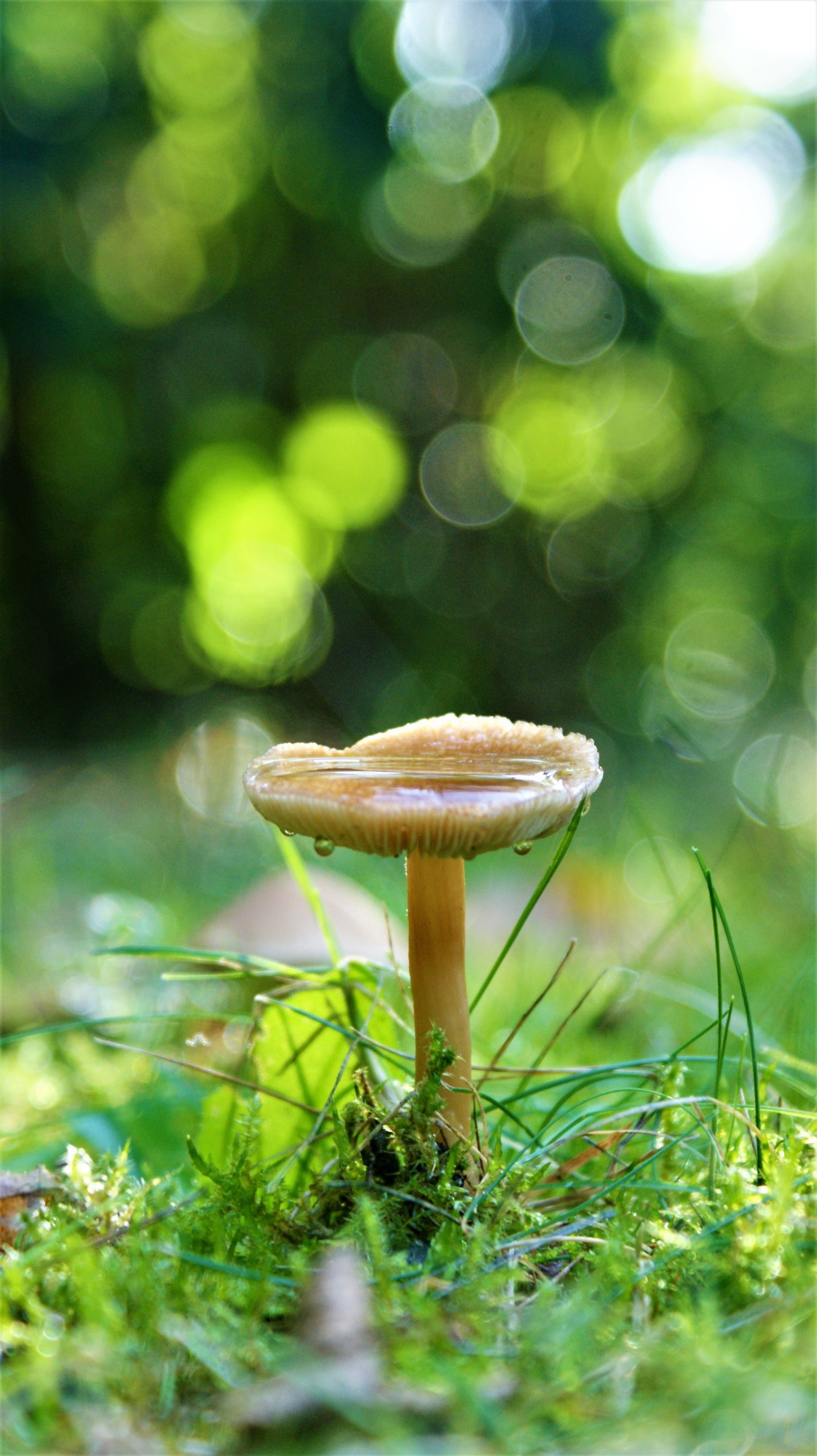Imagine you’ve spent countless hours and money manicuring the perfect lawn, only to one day discover the sudden appearance of brown patches. Is your lawn dying? Probably not, but it’s likely infested with a grass fungus.
Left untreated, grass fungus can choke out an otherwise healthy lawn. This article will help you identify potential lawn disease signs and what grass fungus treatments to use to restore grass to its former, healthy state.
What Is Grass Fungus?
No matter where you live, all lawn grasses are susceptible to fungus. Fungi and bacteria are always present in the grass and soil. Under certain circumstances, the fungus can grow uncontrolled and create real problems for your lawn.
What Causes Grass Fungus?
Many circumstances can cause the fungus in your lawn to become full-blown disease. Too little rain or drought conditions can weaken your healthy lawn and prevent it from fighting back the bacteria in the soil. Conversely, too much water due to overwatering can also stimulate the growth of unwanted fungus.
The wrong type of grass for your soil or climate can also be a contributor, along with mowing the grass too low. Healthy grasses grow in climates well suited for them and height that allow them to draw in nutrients without being stressed.
How Do I Identify Grass Fungus?
Brown patches in your lawn typically represent grass fungus. These areas may be a few inches to a few feet wide. If you look closely at the blades, you might see black fungus on the grass or white fungus on the grass.
Preventing Fungus in Your Lawn
Avoid watering your lawn in the afternoon or evening hours. Instead, water it in the morning so the ground can absorb the water, and the lawn can dry during the day. Set your mower a little higher, and never trim more than 1/3 of the grass height at a time.
Fertilize your lawn based on the type of grass you have and find a good balance. Over-fertilizing is just as bad as under fertilizing when it comes to lawn diseases. Talk with a lawn professional or garden center about the right type of nutrient mix for your lawn.
Treating Grass Fungus
If grass fungus is already spreading, the treatment plan is to prevent its growth. You can use a grass fungus killer like a fungicide to prevent it from getting worse. Aerating the soil can also help the grass absorb more nutrients from the roots and help the lawn grow stronger.
Check out this great article about treatment for grass fungus to learn the steps you can take to restore your lawn and protect it in the future.
Prevention is Key
It’s important to have a maintenance plan to ensure the life and health of the grass. Water early, mow lightly, and fertilize with the proper type and amount of nutrients. Work with a nursery or lawn care specialist to develop a seasonal care plan to prevent the fungus from occurring.
If grass fungus does appear on your lawn, take steps to quickly prevent its spread. The sooner you respond to it, the better chance you have to restore the health of your lawn.
For more tips and advice on keeping your lawn looking its best, explore the rest of our site.









